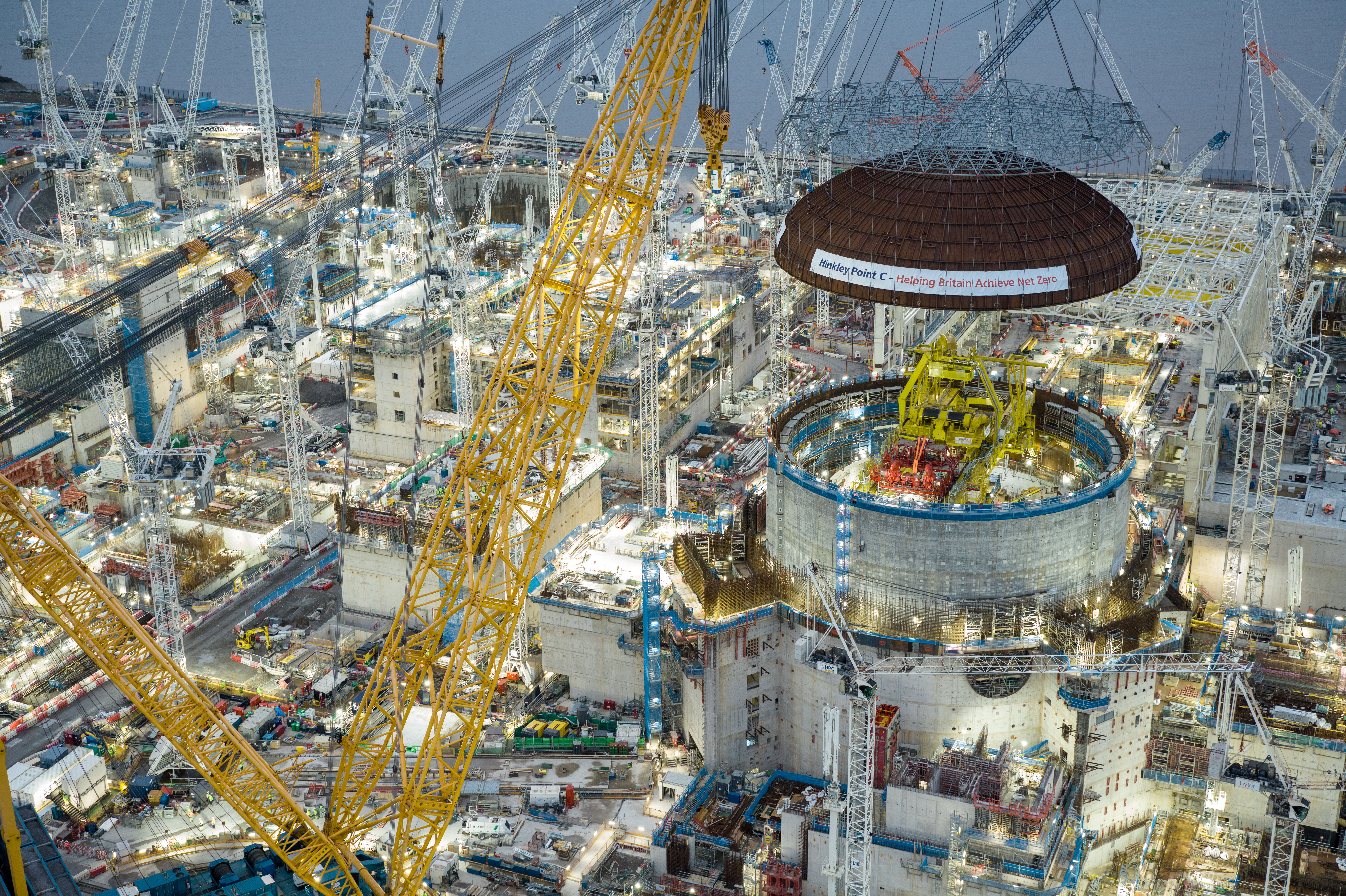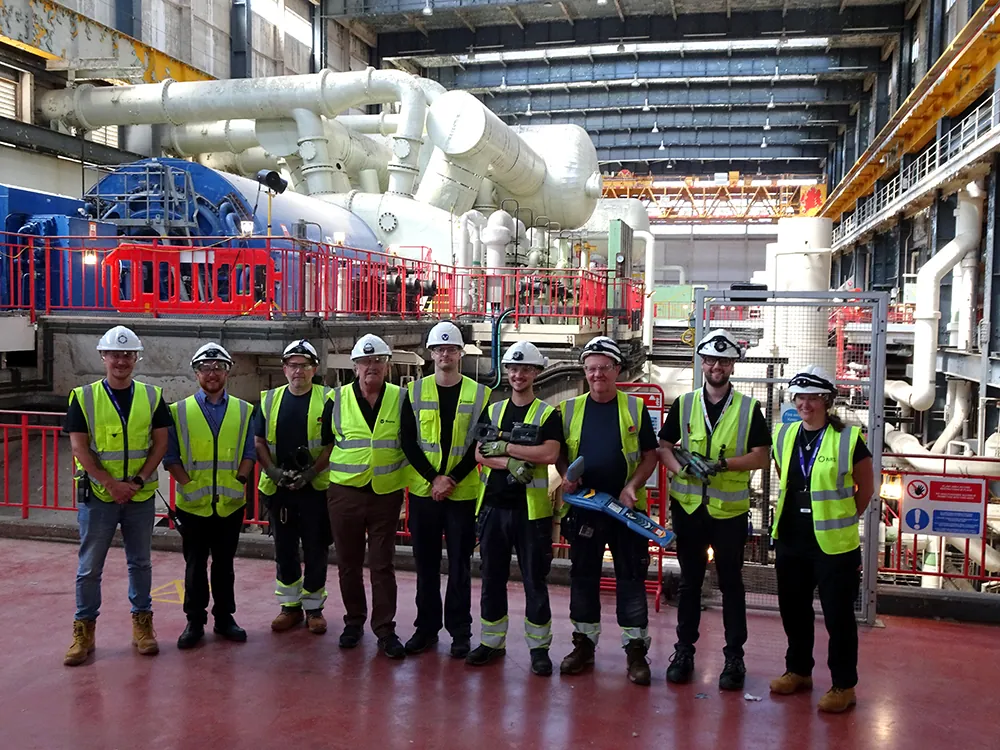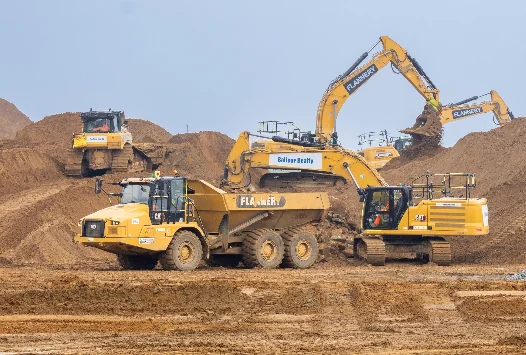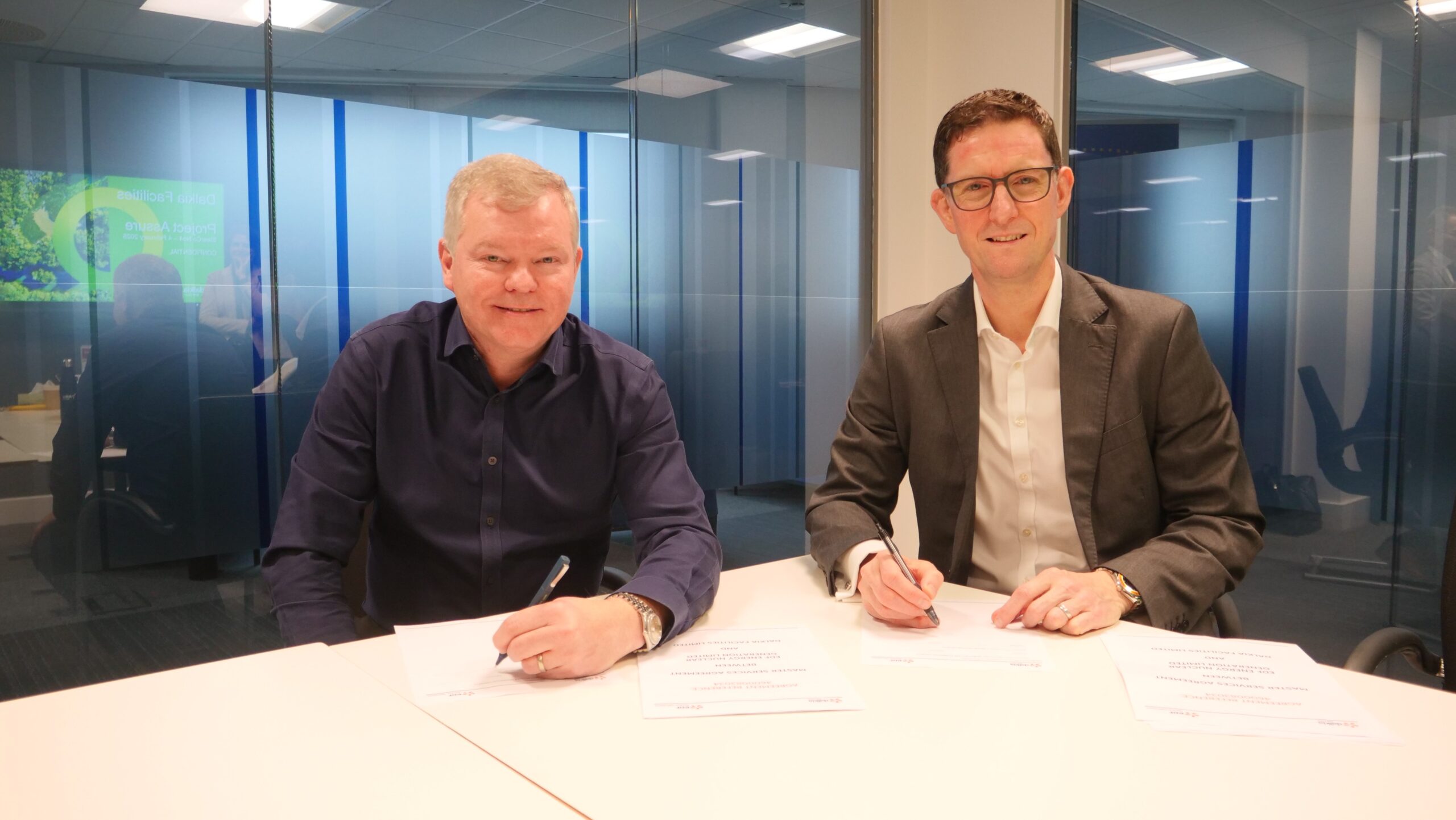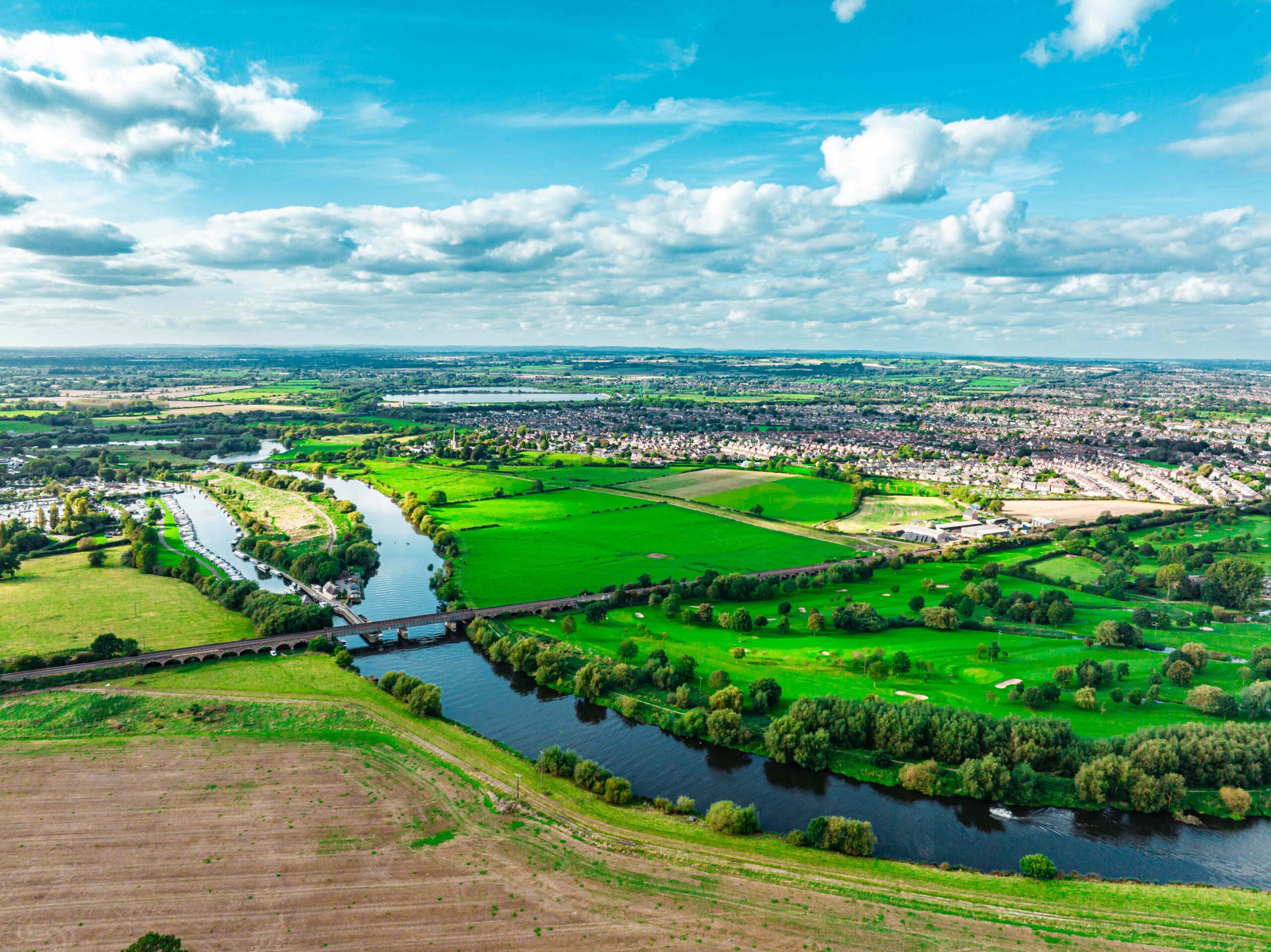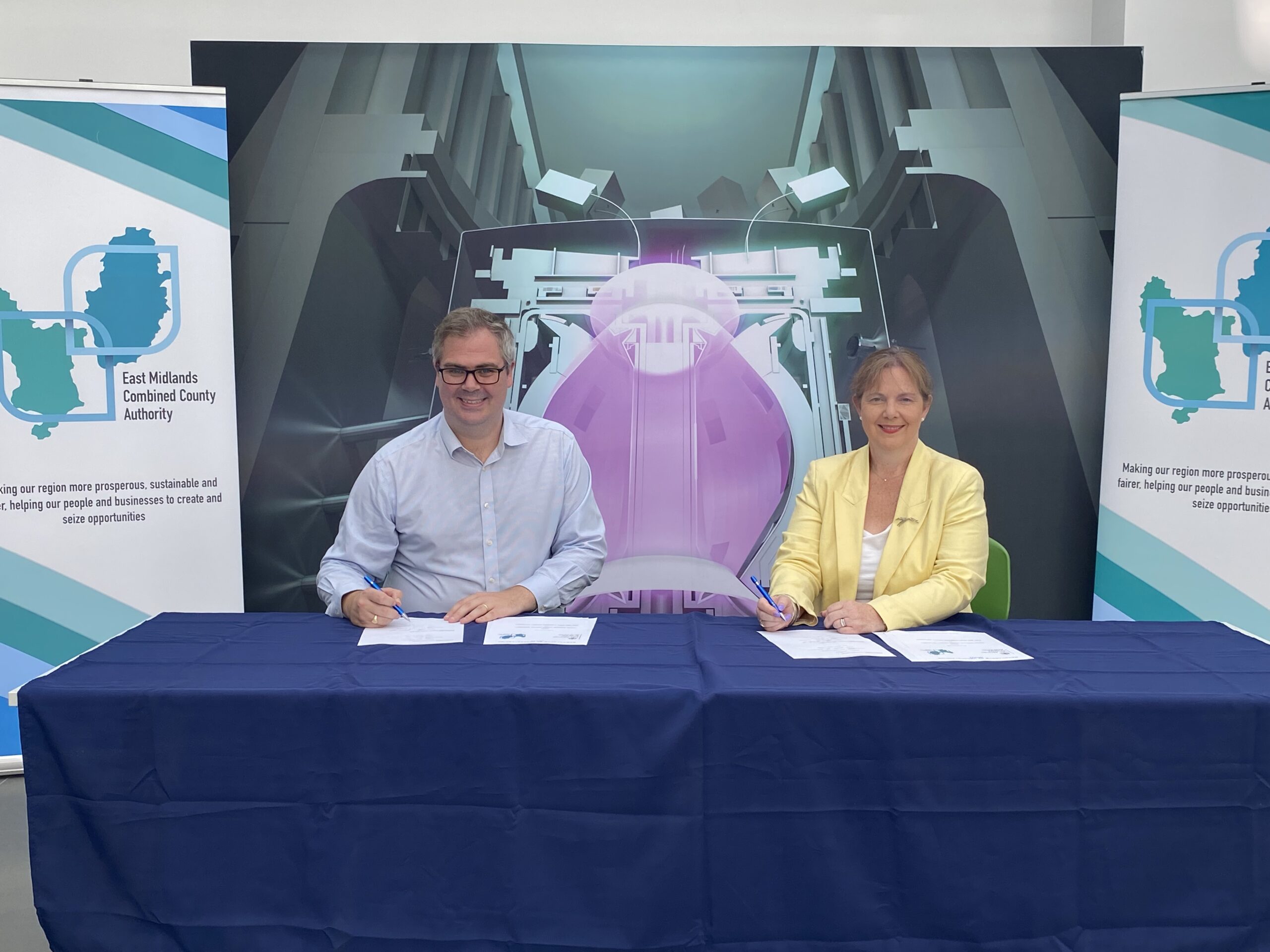The nuclear stations we build today will likely operate for 100 years, but we need Great British Nuclear to deliver a pipeline of nuclear projects, writes Lincoln Hill.
Our Advanced Gas-Cooled Reactors (AGRs) are rarely considered the most glamorous element of the nuclear industry. The AGR programme itself is often derided as a failure, and the reactors themselves regarded as creaky and old. Maybe some of that is true, but old can also mean faithful: on Sunday, 5 March 2023, when the grid was otherwise being propped up by gas and coal, nuclear provided the most clean power of any source. All of it came from our four old AGRs, Hartlepool, Heysham I and II, and Torness, working at full power (Sizewell B, unquestionably the most efficient clean power generator in all of Britain, is off for its long-scheduled refuelling). Hartlepool and Heysham I are 40 years old this year, Heysham II and Torness 35.
They are some of the oldest stations on the grid, but they are still amongst the most reliable.
Indeed, the AGRs have given us more than we could ever have expected from them. By the skill and ingenuity of our nuclear workforce, and careful stewardship and investment from EDF we have gotten years extra out of each station. When EDF took the fleet over in 2009, Torness and Heysham II were due to retire this very year, Hartlepool and Heysham I in 2014. Their extra output has saved this country by my count 60 million tonnes of carbon and kept us from importing 31 billion cubic metres of gas from the global markets.
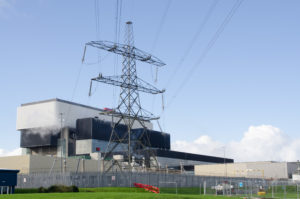
So yes, we should have chosen the PWR all those decades ago, but I’m damn well glad we still have our AGRs.
It is worth us reflecting that the initial decisions to build them, at least Hartlepool and Heysham I, were taken nearly 60 years ago. “The Second Nuclear Power Programme” White Paper from which they sprang was published in April 1964. Everyone involved in that decision has long since departed the scene, but they have left us the most valuable low-carbon assets in British history. Here we are in 2023, six decades on, still relying on those decisions to run the washer or to put the kettle on.
We are now facing 100-year decisions. The nuclear stations we build today are designed to last 60 years. With good management, that should be 80 years, likely even 100 and perhaps beyond. The decisions we take on Great British Nuclear can and should provide a bedrock of sustainability and energy security for this country for the rest of this century. As we know, the challenge of net zero is not simply a race to the tape at 2050. It is to break the tape and then to keep running. It is a challenge our children, grand-children and great-grandchildren will have to pick up in their time. The best thing we can do for them is to build the assets today that will last for decades, like the founders of the AGR programme did for us. That way, they will still have our help and our guidance, long after we ourselves are gone. That’s something worth considering.
So when next you pull a white wine from a nicely humming fridge or tap the “latte” option on the office coffee machine, drink the health of the men and women who have kept Hartlepool, Heysham and Torness running for so long. And hopefully, a hundred years from now, our grandchildren will toast our wisdom just the same.
 Lincoln Hill is the NIA’s Director of Policy and External Affairs.
Lincoln Hill is the NIA’s Director of Policy and External Affairs.






